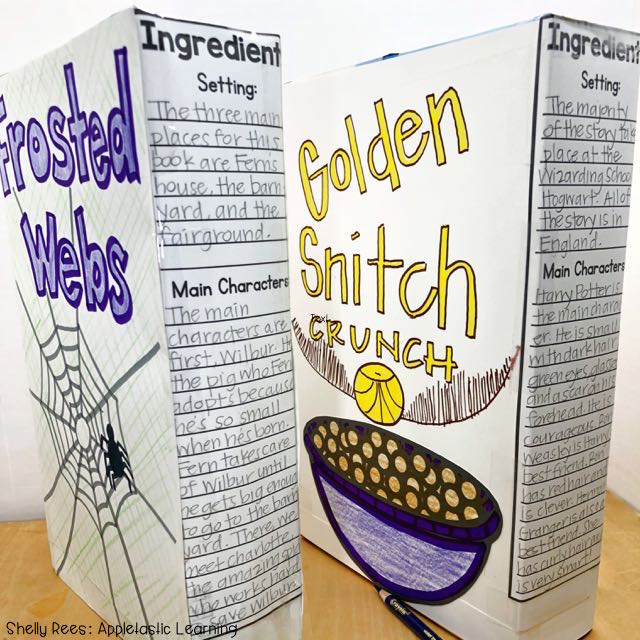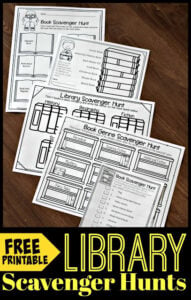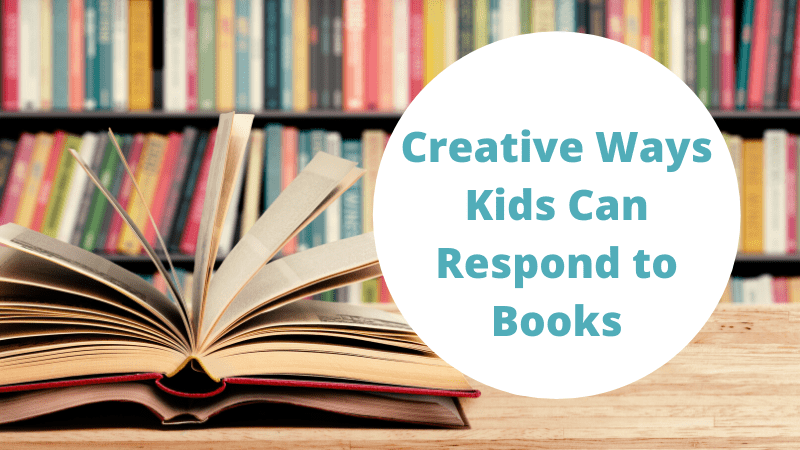Book Report Projectsmr. Mac's 6th Grade
- Book Report Projectsmr. Mac's 6th Graders
- Book Report Projectsmr. Mac's 6th Grade 1st
- Book Report Projectsmr. Mac's 6th Grader
- Book Report Projectsmr. Mac's 6th Grade Language Arts
Your 2nd graders will love these 17 fantastic chapter book series to keep them hooked on reading. As 2nd graders gain confidence and skills with reading; every book read helps improve fluency and comprehension. I am in sixth grade. I need a book report book for my language arts class. I don't know what book to read. I need it to be at least 150 pages or more. Sandwich Book Report. SOURCE: 123Homeschool4Me. You’ll notice a lot of our creative book report ideas revolve around food. In this project, each layer of this book report sandwich covers a different element of the book—characters, setting, conflict, etc. A fun adaptation to this project is the book report cheeseburger. These book report forms are suitable for both beginning readers and older children. The first is simply a form they can fill out that becomes their book report. The second set is an outline primer plus a page for them to handwrite their report (if you don’t already make them use a word processor!). Your final Book Report text should be at least 5 paragraphs. Along with detail paragraphs covering characters, settings and plot, your introductory paragraph should include the theme and your concluding paragraph should include your opinion of the book and your persuasive argument for or against the book's study in 4th grade.
http://www.readwritethink.org/professional-development/professional-library/fifty-alternatives-book-report-30452.html
Contribute to ReadWriteThink / RSS / FAQs / Site Demonstrations / Contact Us / About Us
Find the latest in professional publications, learn new techniques and strategies, and find out how you can connect with other literacy professionals.


Home › Professional Development › Professional Library
Journal > English Journal
by Diana Mitchell
E-mail / Share / Print This Page / Print All Materials (Note: Handouts must be printed separately)
DIGG
STUMBLEUPON
DEL.ICIO.US
NEWSVINE
| Grades | 8 – 12 |
| Type | Journal |
| Published | January 1998 |
| Publisher |
Book Report Projectsmr. Mac's 6th Graders
If you subscribe to English Journal you can read the full article
Purchase this issue of English Journal
English Journal 87.1 (January 1998): 92-95.Related Resources

Grades 6 – 8 | Lesson Plan | Standard Lesson
Students respond to a book they have read by thinking symbolically to create a business card for one of the characters.
Grades 6 – 8 | Lesson Plan | Standard Lesson
Students make bookmarks on computers and share their ideas with other readers at their school, while practicing summarizing, recognizing symbols, and writing reviewsall for an authentic audience.
Grades 6 – 8 | Lesson Plan | Standard Lesson
Students select a book to read based only on its cover art. After reading the book, they use an interactive tool to create a new cover for it.
Grades 3 – 5 | Lesson Plan | Standard Lesson
Students explore book covers of a variety of books then create a new cover for a book they have read.
Grades 3 – 5 | Lesson Plan | Standard Lesson
Students write resumes for historical fiction characters. They first explore help wanted ads to see what employers want, and then draft resumes for the characters they've chosen.
Grades 6 – 8 | Lesson Plan | Standard Lesson
Students must think critically to create comic strips highlighting six important scenes from a book they have read.
Grades 6 – 8 | Lesson Plan | Standard Lesson
Students explore familiar literary characters, usually first encountered as adults, but whose childhood stories are only told later. Students then create childhoods for adult characters from books of their choice.
Grades 6 – 8 | Lesson Plan | Standard Lesson
Students write a persuasive letter to the editor of a newspaper from a selected fictional character's perspective, focusing on a specific issue or situation explored in the novel.
Grades 6 – 8 | Lesson Plan | Standard Lesson

Book Report Projectsmr. Mac's 6th Grade 1st
Students select a job listing for a character in a book they have read, then create a resume and application letter for that character.
Grades 3 – 5 | Lesson Plan | Standard Lesson
Comic frames are traditionally used to illustrate a story in a short, concise format. In this lesson, students use a six-paneled comic strip frame to create a story map, summarizing a book or story that they've read. Each panel retells a particular detail or explains a literary element (such as setting or character) from the story.
Grades 3 – 5 | Lesson Plan | Standard Lesson
The list of ten things about Opal's absent mother that her father shares in Because of Winn-Dixie serves as inspiration for students to create their own lists describing literary characters.

Grades 5 – 8 | Lesson Plan | Standard Lesson
In this alternative book report, students identify the elements of fiction in books they have read by creating glogs, interactive multimedia posters, and then share their glogs.
Grades 3 – 5 | Lesson Plan | Standard Lesson
Students celebrate a novel they have read and get hands-on experience with technical writing by creating a board game based on the novel and writing the instructions for it.
Grades 6 – 12 | Lesson Plan | Standard Lesson
In this alternative to the traditional book report, students report on their novel choices using Facebook-like pages.
Grades 9 – 12 | Lesson Plan | Standard Lesson
In this alternative to the traditional book report, students respond to a play they have read by creating a resume for one of its characters.
Book Report Projectsmr. Mac's 6th Grader
Grades 4 – 7 | Lesson Plan | Standard Lesson
In this alternative to the traditional book report, students report on their novel choices that feature journeys by creating postcards one of the settings featured in their books.
Book Report Projectsmr. Mac's 6th Grade Language Arts
Grades 3 – 5 | Lesson Plan | Standard Lesson
Students identify the elements of fiction in a book they have read and share summaries of them by writing and illustrating their own mini-book.
